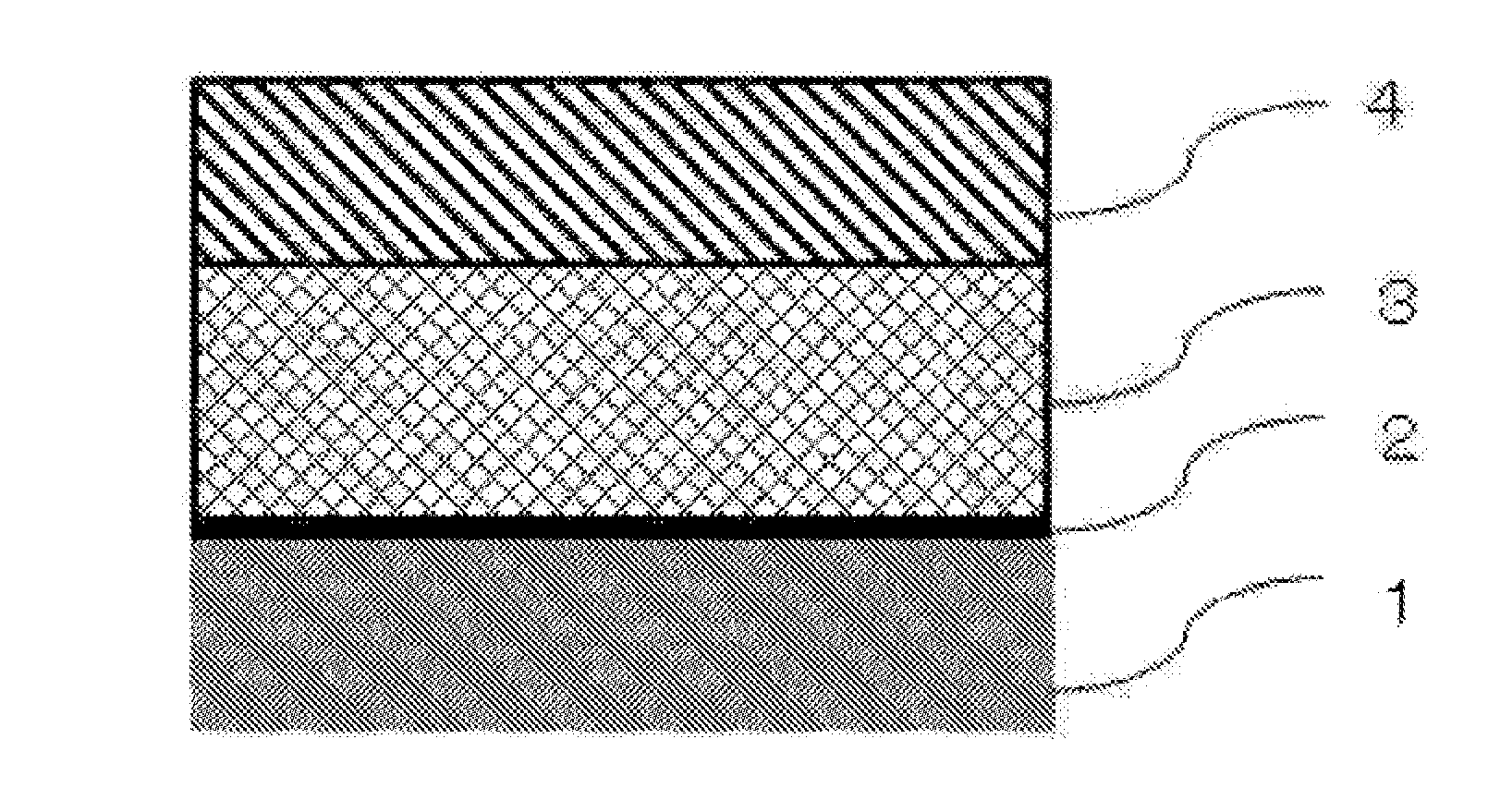Resin composition for sealant layer of battery packaging material
a battery packaging material and composition technology, applied in the field of resin composition, can solve the problems of insufficient sealing strength, difficult to keep up with diversification in shape, limit on weight reduction, etc., and achieve the effects of high sealing strength, high insulation quality, and suppressing crack generation
- Summary
- Abstract
- Description
- Claims
- Application Information
AI Technical Summary
Benefits of technology
Problems solved by technology
Method used
Image
Examples
examples
[0140]The first aspect and second aspect of the present invention will be described in detail below by way of examples and comparative examples. It is to be noted that the first aspect and second aspect of the present invention are not particularly limited to examples.
[0141]Examples 1A to 10A and Comparative Examples 1A to 6A of First Aspect of Invention
Production of Battery Packaging Material
[0142]A metal layer formed of an aluminum foil (thickness: 40 μm) subjected to a chemical conversion treatment at both surfaces was laminated on a base material layer formed of a biaxially stretched nylon film (thickness: 25 μm) using a dry lamination method. Specifically, a two-liquid urethane adhesive (polyester-based main agent and isocyanate-based curing agent) was applied to one surface of the aluminum foil, and an adhesive layer (thickness: 4 μm) was formed on the metal layer. The adhesive layer on the metal layer and the base material layer were then bonded to each other under pressure a...
examples 3a , 5a and 10a
Examples 3A, 5A and 10A and Comparative Example 6A
Product Name: “L-MODU S400” manufactured by Idemitsu Kosan Co., Ltd
example 4a
Product Name: “L-MODU S901” Manufactured by Idemitsu Kosan Co., Ltd
[0144]The melting point of each resin component is a value obtained by performing measurement using a differential scanning calorimeter (DSC). The melt flow rate (MFR) at 230° C. is a value obtained by performing measurement using a melt flow measurement device in accordance with JIS K7210. The weight average molecular weight is a value obtained by performing measurement by gel permeation chromatography (GPC) using polystyrene as a standard sample. The mesopentad fraction (mmmm) of the low-stereoregular olefin is a value obtained by performing measurement of a 13C nuclear magnetic resonance spectrum.
[0145]The battery packaging material obtained in each of Examples 1A to 10A and Comparative Examples 1A to 6A was evaluated for the following items. The results are shown in Table 2A.
[0146]In accordance with JIS K7161-1994, a sample having a width of 15 mm and a length of 100 mm was provided, and the tensile yield strengt...
PUM
| Property | Measurement | Unit |
|---|---|---|
| melting point | aaaaa | aaaaa |
| melting point | aaaaa | aaaaa |
| melting point | aaaaa | aaaaa |
Abstract
Description
Claims
Application Information
 Login to View More
Login to View More - R&D
- Intellectual Property
- Life Sciences
- Materials
- Tech Scout
- Unparalleled Data Quality
- Higher Quality Content
- 60% Fewer Hallucinations
Browse by: Latest US Patents, China's latest patents, Technical Efficacy Thesaurus, Application Domain, Technology Topic, Popular Technical Reports.
© 2025 PatSnap. All rights reserved.Legal|Privacy policy|Modern Slavery Act Transparency Statement|Sitemap|About US| Contact US: help@patsnap.com



